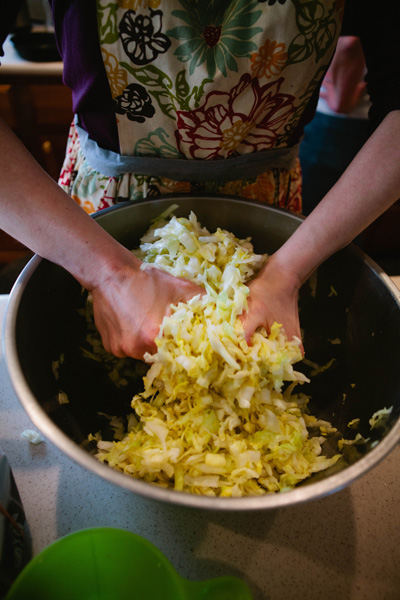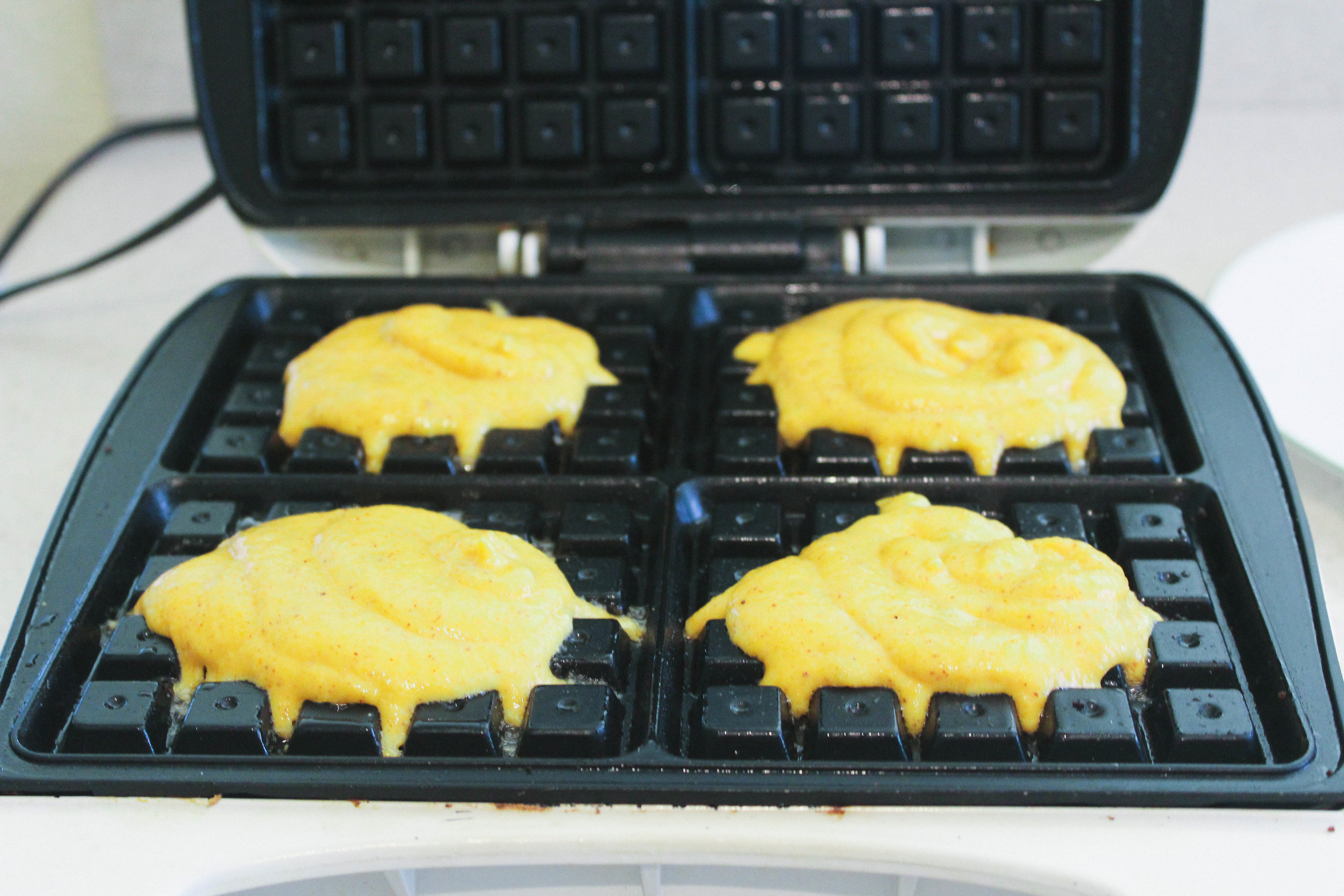Fair warning: the following post was originally written as an article. It is longer and more technical than a normal blog post. It contains great information, including the history of fermentation and some basic fermentation chemistry, but may be more than you need to know. Feel free to read (or not) accordingly!
The Benefits of Bacteria: How Lacto-fermentation is Good for You
The history of lacto-fermentation is rich and alive. There are signs of people groups fermenting their food as far back as we have found artifacts in various archaeological digs. It remains a mystery how the first people discovered fermentation.
However, as science has discovered now, a large part of “our” body’s makeup is not our own DNA, but rather a body-shaped shell containing a symbiotic environment teeming with bacteria, yeast, protozoa, and other microbes. Therefore, consuming probiotic foods is not only beneficial, but it is vital to our very life. Without the symbiotic relationships working in our body, we would be unable to function.
We often use the word “culture” to describe the ideals held in common by a group of people. In the same way, when we use “culture” to describe food preservation, we are also recognizing the grouping of different organisms, working together in symbiosis. This relationship, both inside the body, as well as out, demonstrates a beauty that not only brings tactile benefit, but is in many ways soul-soothing. You cannot ferment without paying attention to, and giving credit and help to the beneficial microbes that will, in turn, help to bring health and balance to your own body.
So what is lacto-fermentation?
Lacto-fermentation is one of the ways humans have used (for centuries) to preserve food. It does not necessarily involve milk, as the lacto- prefix seems to suggest, but it involves creating an environment that encourages the growth of lactic acid producing bacteria. These type of bacteria work symbiotically with our bodies, and have been shown in research to be helpful in metabolism, detoxification, immunity and allergies, preventing dental caries, kidney stones and cancer, and in reducing anxiety, cholesterol and blood pressure.If that list doesn’t convince you that you need to be consuming probiotic foods daily, scientists have also found that the nutritional value of most foods is increased through the fermentation process. An additional benefit, which is decidedly less important in the American culture, is food preservation without refrigeration.
How does lacto-fermentation work?
The concept of lacto-fermentation are simple. An environment needs to be created that promotes the growth of lactic-acid producing bacteria (LABs). Many harmful and pathogenic bacteria and viruses are unable to live in the presence of lactic acid, so in this situation the body is working symbiotically with the LABs to control the environment of the body to be hostile to unwanted microbes. When we create a correctly hostile environment, beneficial flora are allowed to flourish, and unwanted flora moves on. It is very simple to create this desired environment, at it’s most basic, it only takes salt and water. The purpose of the salt is to create an environment that the LABs, and only the LABs, can thrive in. Other bacterial growth is stunted by contact with salt, allowing the LABs to flourish, eventually producing enough lactic acid that the salt is then unnecessary. In addition to preserving the food, the lactic acid helps with other aspects of fermentation, such as pre-digesting our food (starting the digestion process before it even enters our body) and nutritional enhancement.
Why have we moved away from lacto-fermented foods?
There are several reasons why we stopped fermenting our foods, the two main reasons being refrigeration and the “sterilization” or pasteurization movement. The first is simple to explain and understand, with refrigerators, we began to have the luxury of keeping food longer by keeping it cold. Previously, with only a few exceptions, people had two options--eat the food they hunted or gathered very quickly, or find some way to preserve the food. With the advent of electricity, refrigeration became available to almost everyone in a developed country, and with it the ability to store fresh food for a longer amount of time. Spoilage happens at a much slower temperature, so even fresh meat will keep for about a week. Because of this, and the accessibility of grocery stores, we can buy our refrigerated food, bring it home to our own refrigerator, and eat at our convenience throughout the week. No need for preservation here.Secondly, since 1857 when Louis Pasteur discovered that heating (killing) bacteria created more control over the process of alcoholic fermentation, we have been using heat to sterilize, or pasteurize, allowing us to store food, even at room temperature, for longer periods of time. However, because pasteurization kills the LABs as well as harmful microbes, there is a risk of spoilage, rancidity or putrefaction associated with any pasteurized food if contamination occurs.
Can you learn to ferment?
Anyone can ferment--the process is very simple, almost foolproof, and safe. It is also fun, relaxing, grounding, adventurous, and sometimes exciting! Even if food prep is not exciting to you, the process is fulfilling and satisfying. And when you know that you have prepared food that has numerous health benefits, costing very little money or effort, you can sit back and feel accomplished at a job well done. And as you grow more comfortable with the process, you can experiment with different recipes--some in a book, some made up on the spot. That is the beauty of fermentation! You can ferment anything! And by following some basic principles, it’s really rather difficult to mess up!
How do I get started in fermenting?
There are several good resources available as you start on your fermentation journey. Books, like Sandor Ellix Katz’s The Art of Fermentation, will give you comprehensive instruction on this subject. There are website such as Cultures for Health, and various YouTube channels that will give written and video instructions on different ferments. Finally, there are various people (including myself) who teach the basics of fermentation in a classroom setting. Search these people out and sign up for a class--the information you will learn is invaluable to your health!
I like to call my ferments my children--because they need to be taken care of in the same way--you need to create a safe environment for them, feed them, keep them clean, and most of all, love them!
Part of the art of fermentation is the intention you put into them. When you are grateful for the health and support they are going to bring you, it will fill your soul (and usually makes them taste better). While, at times, the weight of responsibility for making ferments is heavy, it is always overshadowed by the benefits--physically and spiritually. So what are you waiting for--start on this journey today!
Citations:
Katz, Sandor. 2012. The Art of Fermentation: An in-depth Exploration of Essential Concepts and Processes from Around the World. Chelsea Green Publishing, White River Junction, VT.
Katz, Sandor. 2003. Wild Fermentation: the Flavor, Nutrition, and Craft of Live-Culture Foods. Chelsea Green Publishing, White River Junction, VT.














































